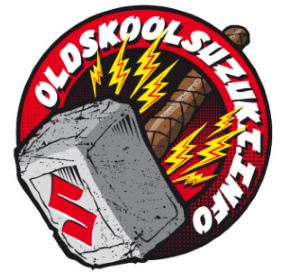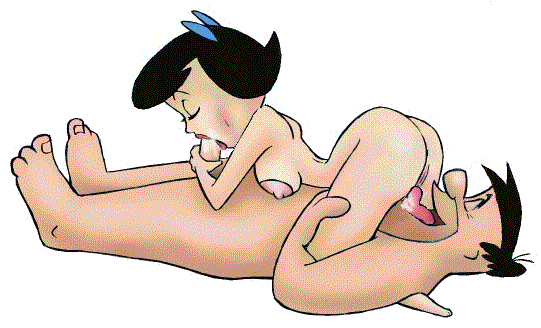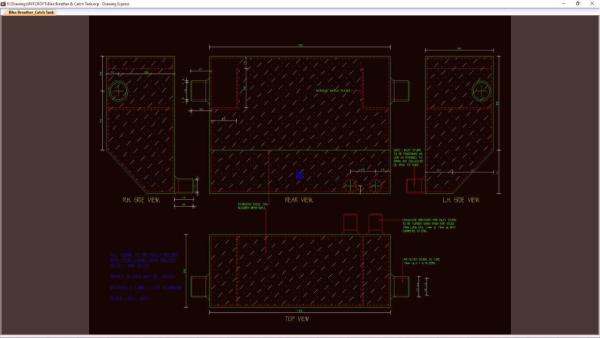-
Posts
5,755 -
Joined
-
Last visited
Content Type
Profiles
Forums
Events
Everything posted by Gixer1460
-
Roger Upperton or maybe Ray / Steve Debben - but they are all cracking on so maybe taking less work on these days?
-
Or if it has Busa pistons (to give the 1216 capacity) that would lower the potential CR down to reasonable levels?
-
And trying to fix is major PITA as the seats have to come out for welding, then machining for new seats, then a seat job . . . . . all for no benefit.
-
Up to you! - make some money to use elsewhere or use them knowing they are absolutely wasted in a 140 - 150hp? road bike? They are also heavier than stock rods and without re-balancing will produce more vibes - another bonus LOL!
-
Aftermarket rods really only needed for daft CR or excessive rpm's. Turbo's give rods an easier time. More rods have died due to oil failure than any other cause! Stock gsxr rods will survive up to about 250hp when gassed, nearer 280-300hp when turbo'd
-
Squished Coke cans is my guess from somewhere in China / India / Asia!
-
I guess he means adjusting the mixture screws! Set idle to where you want it idling then adjust mix screws equally - this will affect idle rpm! It's a balancing act !
-
Well, according to APE website 73mm is the largest overbore (+3mm) for the GS1000. But subject to the liner thickness you could use 74mm pistons for a GS1100. As it stands that liner is toast so its either replace the liner and overbore it out to match 73mm and check all the others for wear or pull the plug and take it out to 74mm? APE don't list a 73.5mm set but I didn't check everywhere LOL!
-
It may be hard / tricky to do, but adjustment whilst running can be done and ultimately each will be better balanced to the cylinder it is attached to! As said, that why they have vacuum ports!
-
I did in the above example except mine was a vented alloy tank! As long as crankcase venting is available - anything tends to work - empty beer cans have often been seen at a RWYB drag event!
-
Is this bike one of the ones that has one leg of the R/R output directed up to the light switch? If so, i'd suspect the R/R is Fubar'd and its allowing over voltage out to the lights but ALSO the battery. Do a quick meter check on the battery whilst running - anything over 14.5v at 3k rpm and its probably toast. Earthing to chassis isn't a problem . . . . . . unless it hasn't got any earth! Lights are delicate things and act like fuses with excessive volts or amps - everything else electrical is a 'bit' more robust!
-
A M8 with a nicely tuned Blandit 1216 tried my FCR41's - made stonking power but was an absolute bitch to ride on the road - like a racehorse pulling a milk float! I gave him some RS36's from an old race bike and it was 'Night & Day' difference - lost a bit of power (10 - 12hp) but gained a whole heap of torque right through the mid-range, back to lifting the wheel on demand through 3 & 4th - V Happy boy now!
-
Using stock ECU's (and in particular from different models) can be tricky a) Actually getting into the ecu software to allow tuning and b) matching all the sensors and sensor inputs that the ecu is looking for. Usually with a) there is initial difficulty 'getting in' and then the tuning options can be limited and with b) matching crank and cam trigger inputs / teeth count / missing tooth angles etc is the usual stumbling block. I realise using a 'stock' ecu is a cheaper option but for the ease of use and flexibility and more importantly Data Logging, a standalone ECU makes up for its cost in tuning and set-up time, which if you are paying someone else can be considerable! Plus not all tuners will be equipped to 'break into' stock ecu's and prefer to work on certain types of aftermarket units - so chose the ecu carefully, as if no one is prepared to tune it, it'll be down to you and 'seat of the pants' road tuning!
-
Blimey!, my first thought was that's low! My daily, of a brand that may not be mentioned, uses 36 / 42psi and has NO sporting pretensions whatsoever, just a regular commuter bike! I can't remember ever INTENTIONALLY running pressures below 30 on anything i've ever had!
-
Sean @ BigCC Racing could sort you out. They've probably built 100's of oil boilers over the years - slabbies and slingers - they are essentially the same. Don't phone today - it's Horsepower Shoot-out Day! Sort out what you want and your budget - you WILL spend more! There are plenty of others if you look in the right places!
-
Tight enough to prevent movement = no isolation for vibes!
-
The 'K' was a long stroke 1127 for us in UK / Europe!
-
I wouldn't! - you want bars solidly mounted - imagine what happens in an 'oh shite' moment and the bars rotate due to the rubber - Messy!
-
If the cooler was turned upside down using straight hose connections and the mounts revised - you'd gain a ton of space and still not conflict with the bottom yoke. It does seem to be hanging low!
-
I've got a feeling the stud spacing is different between the 750 and the 850/1000 heads! Also due to the 'Hemi' combustion chamber shape with the two valve heads, you'd have a really low compression ratio + the valves would likely smack the pistons due to higher lift and no valve cut outs on the pistons! All in all, not an easy swap!
-
Anything that increases the bars' mass and is a 'loose' substance - Sand, lead or steel shot, Mercury ! (although I wouldn't recommend that LOL) Heavy bar end plugs often used on 'naturally' vibey bikes - odd cylinders or Vee configurations, only problem with them is increased width for squeezing through gaps !
-
Strange thing for a 'specialist' to say, seeing as virtually EVERY bike for the last 40+ years uses an Alternator! Maybe they meant - its integrated on Oil Cooled bike units? Even with these doing the 'Charging Mod' is sensible to get rock solid output that battery will appreciate!
-
Its not the High CR pistons themselves, its the inevitable ring blow by that happens with them - increased cylinder pressures = blow-by and turbo's are even worse! Having crankcase ventilation is a must and more is generally better, for example my 1186cc GSXR turbo had a -10 hose from centre of clutch cover, a -10 hose from cam cover, -8 hose from oil filler fitting and another -8 hose from the cam cover breather tower. Big ones to bespoke vented catch tank and little ones to open topped bottle for easy / quick drainage. The catch tank is the thing behind the side cover - 2No. inlets at bottom, 2No. outlets via filters at top.
-
Tempting fate as they aren't the most reliable of devices - charging queries every year prove this!
-
This is, indeed true!




